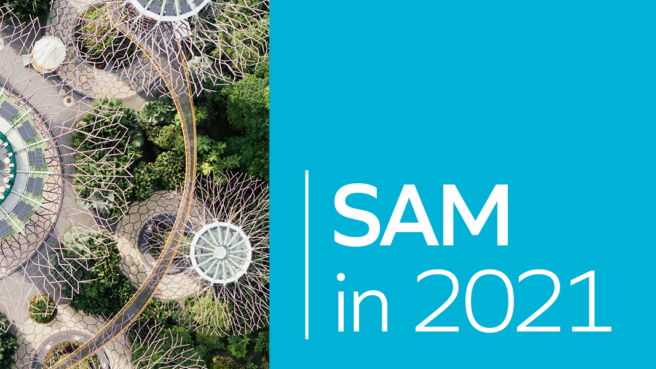SAM in 2021: 3 Tips for Software Asset Managers on Reducing SaaS Sprawl

How do you manage what you can’t see? Software asset managers (SAMs) face this question daily as users frequently try and/or buy software outside of IT’s pre-approved supported list. While challenging, any failure to proactively manage this software ushers in the potential for significant organizational risk, including budget overruns, cyberattacks and costly vendor audits that reveal license non-compliance.
How can you reduce risk by managing software if you don’t know your users downloaded it? Here are three ways to improve visibility of software in your environment.
1. Partner with accountants payable
One way to learn what new software is coming into your organization is by doing it the old-fashioned way – take a look at what the company is paying for. Work with your accounting team to create a category within expense reporting for ‘software’ and track it monthly. This will show you software that has been brought into the environment and by whom. You can then speak with the employee who used their company credit card or even personally paid for new software.
Once this process is in place, you can expand on it by partnering with accounting to establish system alerts that notify when a user attempts to buy a new software license and route those approvals through your SAM team. This can not only prevent certain software purchases, but it also helps communicate company-wide that IT needs to be involved in any software purchase decision from the onset.
2. Encourage collaboration
Too often, software asset managers are seen as rule enforcers who ultimately impede productivity. Work on shifting this incorrect perception while also curbing unnecessary cost and risk by aligning with your organization’s departments. The trick is in finding ways to provide guardrails, not gates. Find out what is and what isn’t working for sales, for marketing, for HR, as examples. Ask a lot of questions and then encourage users to share cross-departmentally what software tools and processes they have found works for them.
This is a particularly timely idea given the shift to hybrid work. How work gets done continues to shift and constant collaboration with your users will benefit everyone, including the perception of IT and SAM.
3. Leverage automation
In the last year, SaaS adoption has significantly accelerated, driven largely by organizations’ need to provide access to applications from anywhere. According to a recent Snow survey, 92% of IT leaders reported moving to or already moved to hybrid work and 71% of respondents increased SaaS spend in 2020. In such a fast-evolving landscape, automation is the name of the game.
Consider using a SAM software tool to truly gain visibility and manage this fast-growing sprawl. Snow offers a suite of SaaS management solutions that discover applications and usage, establish automation and governance and optimize spend. Easy reporting features can show you, and members of your leadership team, what’s being accessed in your environment, who is using it and how often, and at what cost.
Learn more about discovering SaaS application usage in your organization and see how Snow can help.
This is the eighth post in a series of articles on SAM. Read our previous posts for insights on SAM implementation, how-tos and more.